The United States neighbors an uncharted island that is twice the size of Texas. Between Hawaii and California, this island is unrestrained, untouched, and inarguably the most undesirable tourist destination because it consists entirely of plastic and pollution. The Great Pacific Garbage Patch is a combination of plastics and marine debris caught in circulating water currents. It currently weighs about 80,000 metric tons and is continually growing (Lebreton et al., 2018).

Thailand Beach 2019
The United States is not entirely at fault for the Great Pacific Garbage Patch, nor plastic pollution as a whole, but Americans are leading contributors to the plastic pollution crisis. The United States generates more plastic waste per person per day than anywhere else in the world. The United States ships this plastic waste abroad to developing countries with inadequate waste management infrastructure. As a result, this plastic waste is mismanaged, often discarded into the environment or burned. The top five countries responsible for more than 50% of mismanaged plastic waste globally are recipients of United States plastic waste. These countries include China, Indonesia, the Philippines, Vietnam, and Thailand (Ritchie, 2018).
In December of 2019, I traveled to one of these leading contributors to help with clean-up efforts. In Thailand, I completed a Plastic Pollution and Coastal Conservation internship. Despite having spent each day in awe of the country’s natural scenery, I laid in bed each night feeling disheartened. Alongside my team, I spent hours clearing plastic off beaches to return the next day to find the waste replenished itself overnight. Not only was the plastic pollution unsightly, but it posed a severe threat to marine life, too. I worked at the Royal Thai Navy Third Fleet Sea Turtle Rehabilitation Center, where my team and I cared for injured green sea turtles. Before this internship, I had only seen images of sea turtles enduring injuries from plastic pollution, like plastic straws in their noses or plastic rings around their necks. In Thailand, I experienced it first-hand.
During this experience, it became strikingly clear to me that the plastic pollution crisis required an all-hands-on-deck approach. I also learned clean-up efforts were not enough; the plastic pollution crisis needed to be addressed from a preventative approach, and despite being a relatively responsible action to take, recycling alone would not cut it.
91% of all plastics worldwide are not recycled, including plastics that are sent to recycling facilities. By 2050, scientists estimate that plastics will weigh about eleven billion metric tons, nearly equivalent to the weight of 35,000 Empire State Buildings. (Parker, 2018) Overreliance and overproduction are two factors at fault for the mismanagement of this 91% of plastic waste and this plastic pollution crisis. (Daly, n.d.)
The phrase “reduce, reuse, recycle” is in that order for a reason. The most effective way to prevent waste from inundating our environment is not to create it in the first place. New materials not only require raw materials and energy for production and transportation, but once they exist in the world, they can never leave. These products can only fill landfills, the oceans, the atmosphere (if burned), or be refurbished into other products. However, since recycling plastic waste is only 9% efficient, the single best thing you can do to eliminate plastic waste is reduce your use. If you cannot reduce, you should reuse, and finally, with all other options exhausted, you should recycle.
I make conscious efforts to reduce plastic use in my daily life and encourage others to do the same. However, I often get questioned why I make an active effort to reduce my plastic use when I am only one person facing 7.7 billion others and entire societal systems that contribute to this plastic pollution crisis. I am indeed up against tough competition; nonetheless, any stride toward sustainability is of Earth’s benefit. “I am only one, but I am one. I cannot do everything, but I can do something. And I will not let what I cannot do interfere with what I can do.” – Edward Everett Hale. It is easy to detach yourself and feel that your contribution is minuscule as an individual, but there are 7.7 billion people in this world; if each individual takes ownership and takes charge, change is inevitable.
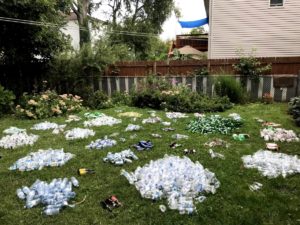
One month of recyclable waste produced by a family of four.
To put this in perspective, in the summer of 2019, I asked a non-recycling household if I could collect their recyclables to help increase recycling in my local community. In just one month, I collected and recycled hundreds of plastic bottles from this one family of four. If only one household produced enough plastic to spread across my backyard, imagine how much plastics hundreds of millions of homes in just the United States produce each month – now imagine if each individual in each household chooses to use a reusable bottle.
To Earth’s benefit, we have seen individual reduction efforts as simple as ditching plastic bottles lead to major legislative revisions across the globe. Public opinion is strident and personal action is acknowledged, igniting a movement of political activism and a transformation in legislation. Within these past few years, California has outlawed plastic straws in full-service restaurants, and Peru established a ban on single-use plastics in vulnerable areas (Howard et al., 2019). At the start of 2020, Thailand banned single-use plastic bags in all of its major stores. (Chankaew, 2020) An individual’s effort to reduce destruction is impactful, both directly and indirectly.
So, despite falling asleep in Thailand feeling disheartened because of the daily reminder of our plastic pollution crisis, I woke up each morning feeling eager to do what I could to protect the environment. Because of my individual efforts and those of millions of others, I knew that I might one day wake up in a world where environmental sustainability is not just exclusive to environmentalists but rather embedded in societal systems.
–Story by GSIP Intern Jenna Santacroce
References
Chankaew, P. (2020 January 1). Thailand kicks off 2020 with plastic bag ban. Reuters.
https://www.reuters.com/article/us-thailand-environment-plastic/thailand-kicks-off-2020-with-plastic-bag-ban-idUSKBN1Z01TR
Daly, S. (n.d.) How Does Plastic End Up in the Ocean? World Wide Fund for Nature. https://www.wwf.org.uk/updates/how-does-plastic-end-ocean#:~:text=Rainwater%20and%20wind%20carries%20plastic,plastic%20surge%20in%20our%20seas
Howard, B. C., Gibbens, S., Zachos, E., & Parker, L. (2010 June 19). A running list of action on plastic pollution. National Geographic. https://www.nationalgeographic.com/environment/article/ocean-plastic-pollution-solutions
Lebreton, L., Slat, B., Ferrari, F., Sainte-Rose, B., Aitken, J., Marthouse, R., Hajbane, S., Cunsolo, S., Schwarz, A., Levivier, A., Noble, K., Debeljak, P., Maral, H., Schoeneich-Argent, R., Brambini, R., & Reisser, J. (2018). Evidence that the Great Pacific Garbage Patch is rapidly accumulating plastic. Scientific Reports, 1–15. https://doi-org.umiss.idm.oclc.org/10.1038/s41598-018-22939-w
Parker, L. (2018 December 20). Planet or Plastic? National Geographic Society. https://www.nationalgeographic.com/news/2017/07/plastic-produced-recycling-waste-ocean-trash-debris-environment/#close
Ritchie, H. (2018). Plastic Pollution. Our World In Data.org. https://ourworldindata.org/plastic-pollution#:~:text=China%20contributes%20the%20highest%20share,South%20Africa%20(2%20percent)
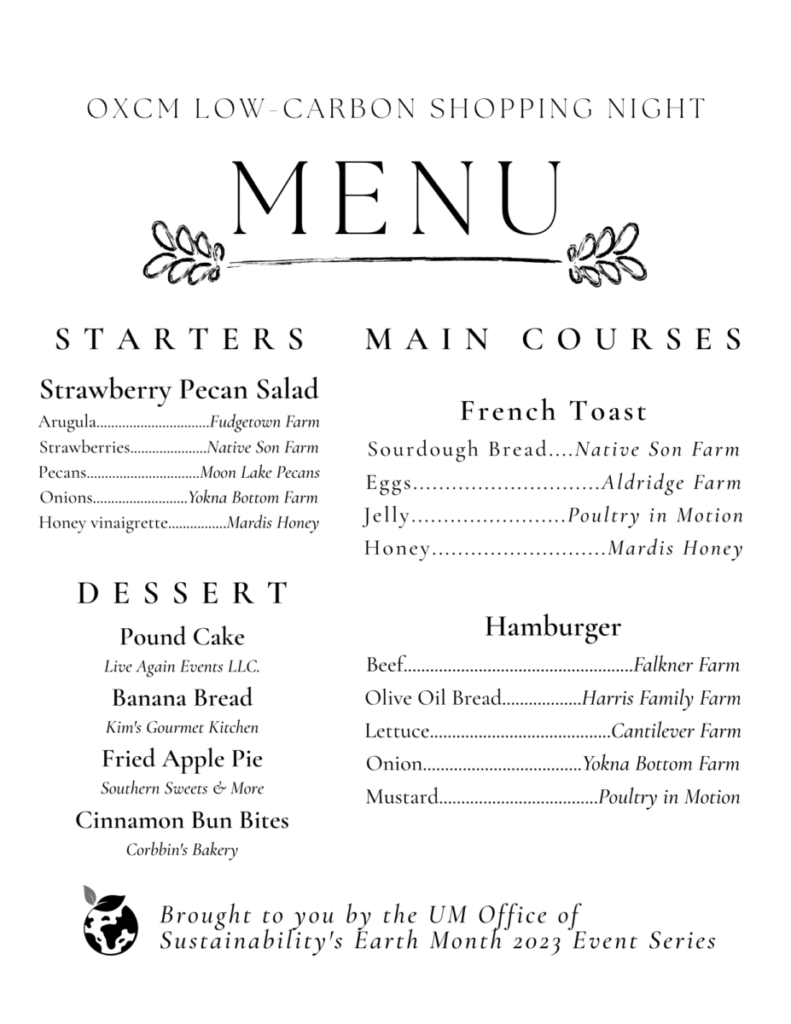
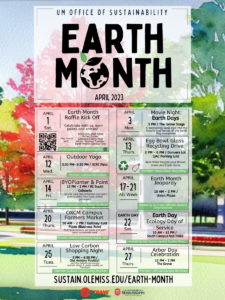
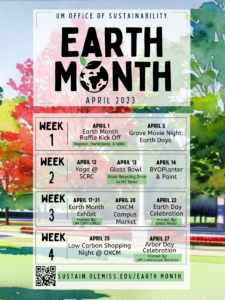
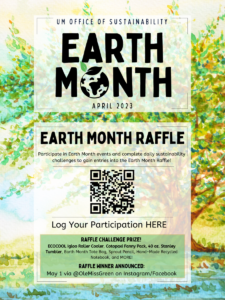
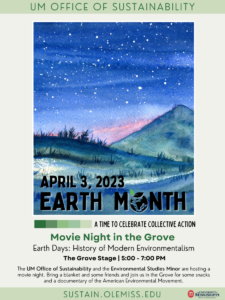
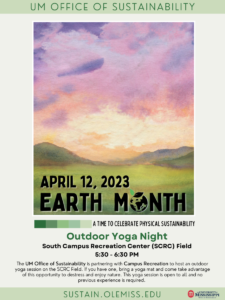
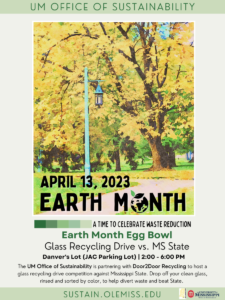
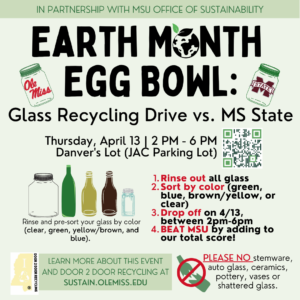
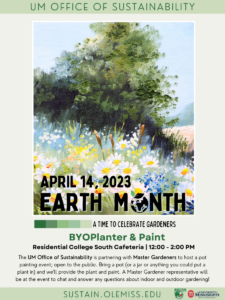
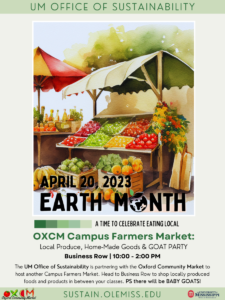
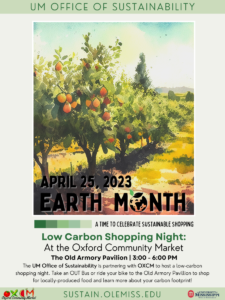


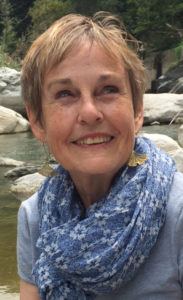

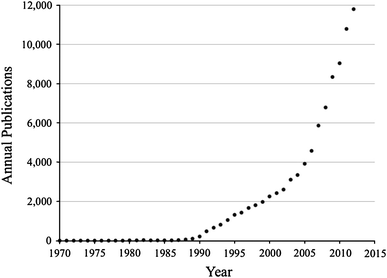


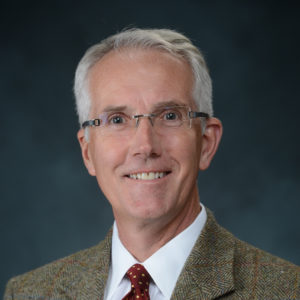





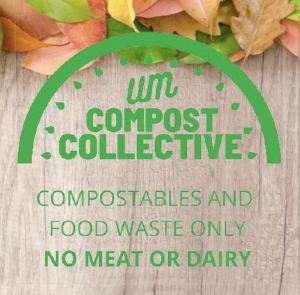 UM Compost Collective
UM Compost Collective